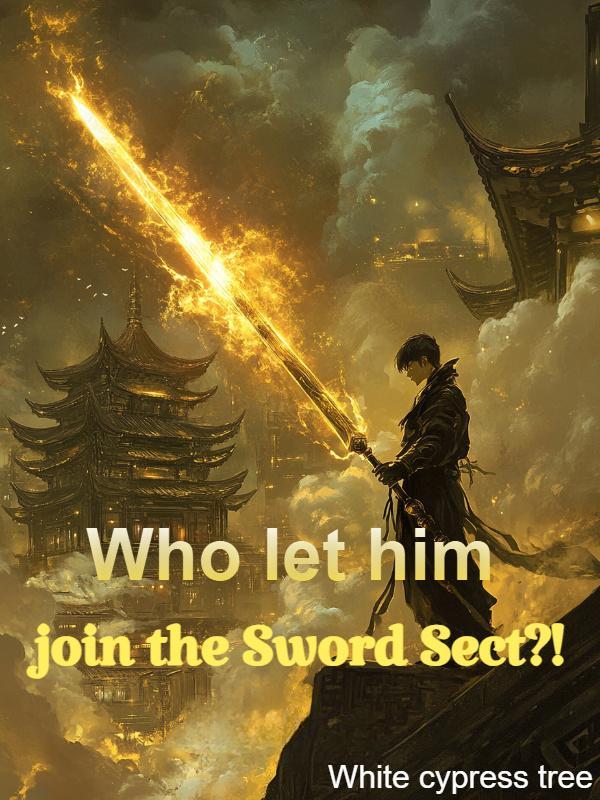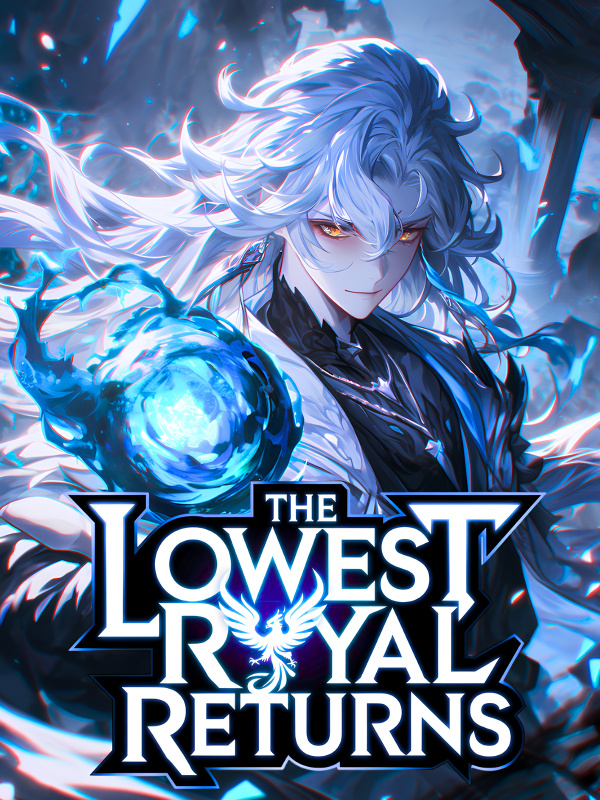Getting a Technology System in Modern Day-Chapter 647 Failure to Overcome
Chapter 647 Failure to Overcome
(Ed note: Apologies for the spotty uploads lately. I’ve been apartment hunting in 80%+ humidity and by the time I get home, I’m fair well shattered and unable to really do much of anything.)
The silence within a nursery was broken by the sound of an infant’s wail. It was allowed to continue crying in the brightly painted nursery for a few minutes, then a merely “pretty” middle-aged woman walked into the room and moved to the side of the crib.
(Ed note: For those curious as to why the baby was left crying for a few minutes, it’s an early childhood development strategy. By picking up an infant as soon as it starts crying, you teach it that crying equals attention. In a nutshell, never pick up a crying baby unless it’s sick or injured. Let it cry for a few minutes, then distract it until it stops crying before finally picking it up.)
She leaned over the crib and teased the infant with a canary-yellow plush toy until it stopped wailing with a hiccup and focused on the toy, reaching out for it. The woman let the baby take the toy, then reached in and picked it out of the crib. Bringing it to her breast, she sniffed the air and said, “Whew... pee-yew, it’s time for a diaper change, isn’t it?”
The baby giggled and smiled at the woman, dropping the plush toy as it reached up to grab at her nose and pat her face.
She carried it over to the changing table and laid it down, then grabbed the baby’s feet and sang a short nursery rhyme about body parts as she raised the baby’s chubby legs in the air and began unfastening its diaper.
Similar situations were happening in nurseries all over the simulated virtual version of Proxima Centauri b, which was far more developed than the reality. In keeping with imperial design philosophy, vast cities of tall white spires rose from the ground, but as a nod to the local environment, the city was planned around equally tall black-barked and violet-leaved trees. Black, violet, and white would normally be a very stark design choice, but somehow, under the red light of Proxima Centauri, it all blended into a cohesive, beautiful whole.
In order to save on processing power as fusion reactors and quantum superclusters were constructed deep within Proxima Centauri b, the only interior rooms in any of the cities were carbon copies of a single, gender-neutral nursery, staffed with a variety of species that corresponded with the infants housed within. But the cities spread across the continents were accurate to what would later be raised on the surface in later phases of construction in realspace.
Despite things going very well so far in the simulation, a problem was growing closer and more inevitable by the day. Once the “children” were raised to the point they were self sufficient and the infrastructure was present and waiting for occupancy, there would be an influx of ten billion young adults with no elders or children among them.
Thus, the decision to design and dispatch meteor-class messenger vessels to Earth, as Task Force Proxima had met a sociological issue that they simply weren’t prepared to handle. Xenobotany, xenopsychology, xenodiplomacy... there were a lot of “xeno” prefixed research fields represented among the scientists of the task force, but not a single person had anticipated needing to bootstrap an entire society comprised of five unique species! Not to mention Birch’s “request” to meet Aron, which also had to be communicated back home.
Still, despite the looming sociological issues, Operation Raising Cain continued as planned. And it would do so until if and when one of the newly developed messenger vessels returned with further instructions.
……
While Task Force Proxima busied itself raising children that weren’t theirs, another fleet had finally arrived at their destination and immediately started working. The initial phases of mapping and exploration were precisely the same. Even the system was much the same, with a red dwarf primary star about 11% the size of Sol, but it had two planets within the habitable zone.
Teegarden b was almost the same size as Earth, but it orbited Teegarden’s Star at about 0.025 AU with an orbital period of less than five E-days.
By comparison, Teegarden c was only slightly smaller than Proxima Centauri b, at around 1.12 times the size of Earth with 1.11 times the mass and gravity. It orbited Teegarden’s Star at 0.044 AU and had an orbital period of 11.4 days, more than twice as long as Teegarden b and almost the same as Proxima Centauri b.
The two planets were a mere 2.84 kilometers away from each other, on average.
When Nova had selected the systems to explore, she had used two main criteria: the distance from Earth, and the likelihood of finding sapient life in the systems. Thus, all five destinations were known to have planets in the “Goldilocks Zone” of their stars, and were within reasonable distances from Earth, ranging from the six-month travel time for Task Force Proxima all the way to the four-year voyage of Task Force 1140, whose destination was the LHS 1140 system, a full 40 light years from humanity’s birthplace.
Teegarden’s Star was on the nearer end of that spectrum, with a travel time of around 14.5 months for Task Force Teegarden.
......
“Oh my god,” the commanding officer of Task Force Teegarden said as the holotank on the bridge of the TFS Teegarden updated with the most recent mapping data.
A chill passed through the entire bridge crew’s collective spine as they saw the two planets of Teegarden’s Star. Both of them were in ruins, with evidence of enormous cities turned to rubble and gigantic craters scattered around the surface of the planets like sprinkles on donuts.
The level of ionizing radiation in the atmosphere of both planets was almost fifty times what would be survivable for humans, and nuclear winter had set in. It was obvious what had happened in the Teegarden’s Star system, evidenced by the wreckage of “primitive” (to the imperial eye, at least) ships stretching in a long, still-expanding line between Teegarden b and Teegarden c.
Researchers on Earth had once theorized that one of the reasons humanity had yet to meet aliens was that there were certain stages in a species’ development that could either bring advancements or catastrophes, and one of those stages was the nuclear power stage. It was clear that the situation in the Teegarden’s Star system was evidence of the species failing to overcome that hurdle, one that humanity had only luckily survived by dint of Aron’s overwhelming technological superiority making nuclear weapons obsolete.

![Read The Royal Military Academy's Impostor Owns a Dungeon [BL]](http://static.novelbuddy.com/images/the-royal-military-academys-impostor-owns-a-dungeon-bl.png)





